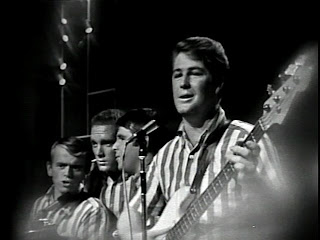
Was I crazy, or were these shows as good as I thought they were? Well, we have the CDs for sale in the store now, and I can safely say that I was not crazy. This iteration of the post-Jerry Dead has finally achieved the thing that has been missing for so long; confidence. That’s the difference between Furthur and The Other Ones and the three different versions of the Dead we have seen over the last 15 years. With new guitarist John Kadlecik (from Dark Star Orchestra) the band has what it has needed; a guitar player who knows how it is supposed to be played and plays it the way it is supposed to be played. I think the world of Jimmy Herring and Warren Haynes, but they did not play The Grateful Dead’s music with the confidence needed to free the other players up to do what they are supposed to do - which is play freely. With all the other variations the guitar players were hesitant, forcing Bob and Phil to compensate, thus making them drop the beat and the whole thing goes to hell. One of the things about the Grateful Dead that is not properly understood, is that their ability to improvise was based on a 100% stone-cold mastery of the material. Musicians cannot go out and blow freely and stay in the right key and hit the changes unless they have the music DOWN. Now with John Kadlecik nailing the Jerry parts, the music flows freely like it used to. During the first night, while the band was chugging through the rare “Mason’s Children” I remember thinking, wow, Phil is playing free-I haven’t heard him play this free way in years. He wasn’t having to lead the band, and so he was free to play like Phil Lesh. Without fail, every single person I spoke to after these shows was thrilled with the band, the venue and the overall experience. The song selection at the Broomfield shows was totally memorable, and it is worth reliving the moment when they shifted from “Dark Star” to Pink Floyd’s “Time” over and over. Get em while they’re hot.
Paul Epstein
















